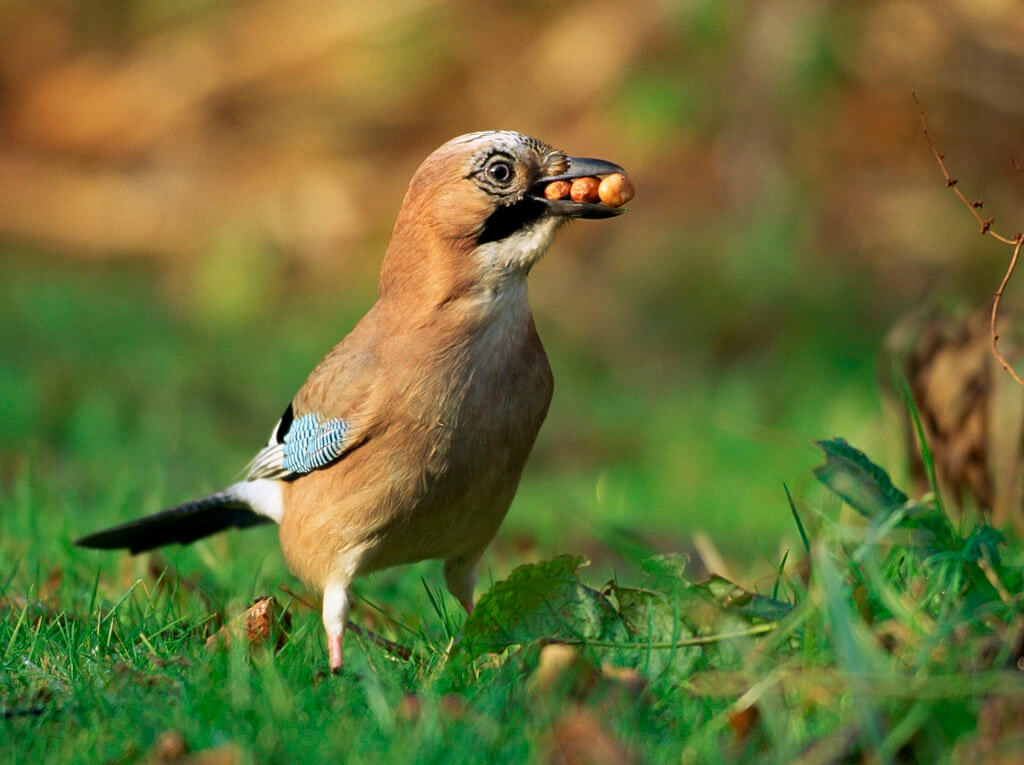
It’s worth having a look at this blog on the Wild Justice website. A review of the impact of various avian predators (currently covered by General Licence 1 in Scotland) was carried out by the BTO for SNH. The review looks pretty good but its summary is quite misleading – it is the equivalent of believing the worst of someone on the basis of one story rather than taking a view across all the information. Whilst that seems to be a common occurrence these days it should not be how decisions are made on whether to allow unlimited and essentially unregulated killing of species across a whole nation.
But, importantly, when the evidence is assessed properly it should lead to the removal of several corvid species from the Scottish General Licence 1.
[registration_form]
It is very interesting how relatively quickly and painlessly this BTO study has been published via the SNH Research Report route. Natural England commissioned a report from BTO sometime in late 2017/early 2018 which (despite it remaining unpublished) NE consistently rely on (including in Tony Juniper’s recent ill-advised blog) to suggest that there is no evidence of any indirect effect on sensitive bird species from changing predator populations (especially increased foxes) triggered by removing around 80% of badgers from large tracts of countryside. NE and BTO have consistently refused to release this report. Why? It is not that hard to guess: it doesn’t take a genius to predict that it almost certainly comprises an analysis of extremely coarse grained BBS or WeBS datasets for areas that coincide with culling zones against control areas that do not – indeed NE have effectively confirmed that this is what this fabulous and rigorous study consists of. Metadata analysis at this level is unlikely to pick up anything short of catastrophic population level change, and will largely omit some of the species most likely to be at risk (e.g. ground nesting/roosting raptors). The excuse that both NE and BTO have pedaled out is that it is awaiting publication. As if a journal would really be interested in such crude and near-meaningless analysis of lumpen datasets. What the release of this SNH-commissioned BTO study shows is that the ‘Research Report’ route has always been open to NE. Why NE don’t want this report out there is pretty easy to guess (it will almost certainly show they can draw no positive conclusion and will sharpen focus on their lack of monitoring of statutory sites) but the more disturbing question is why is the BTO being complicit in this cover-up? Perhaps we might all ask Andy Clements….
Can anyone else get the link to the spreadsheet to work?
https://www.nature.scot/publication-2019-snh-research-report-1136-annex-1-general-licence-spreadsheet
I get error 404.
You can download it from this page
https://www.nature.scot/snh-research-report-1136-literature-review-evidence-base-inclusion-bird-species-listed-general
I have very little understanding of General Licences sop perhaos someone can help.
Although Rooks are pretty much given a green light on GL1 (conservation of wild birds) they don’t seem to be out of danger at all from GL2 (prevention of serious damage) where they get a 1 for strength and a 2 for rigour.
I can see that it should mean that Rooks will be protected on non agricultural land but surely that is almost insignificant.
Prasad – what it means (depending on what happens) is that a gamekeeper may not be able to kill Rooks ‘to protect all the little songbirds’ because there is not justification for that. But a farmer who has a flock of Rooks pulling up his/her spring cereals would be entitled to rely on the General Licence to prevent serious agricultural damage if she/he had tried or properly assessed non-lethal means first. In other words, depending on what happens, it is saying that the Rook can sometimes be a ‘pest’ which some farmers may be justifid in culling but that there is not enough evidence to suggest that the Rook should be listed on a general licence to protect wildlife because they don’t do wildlife ‘any’ harm.
That’s a simplification – but that is what should happen IMHO.